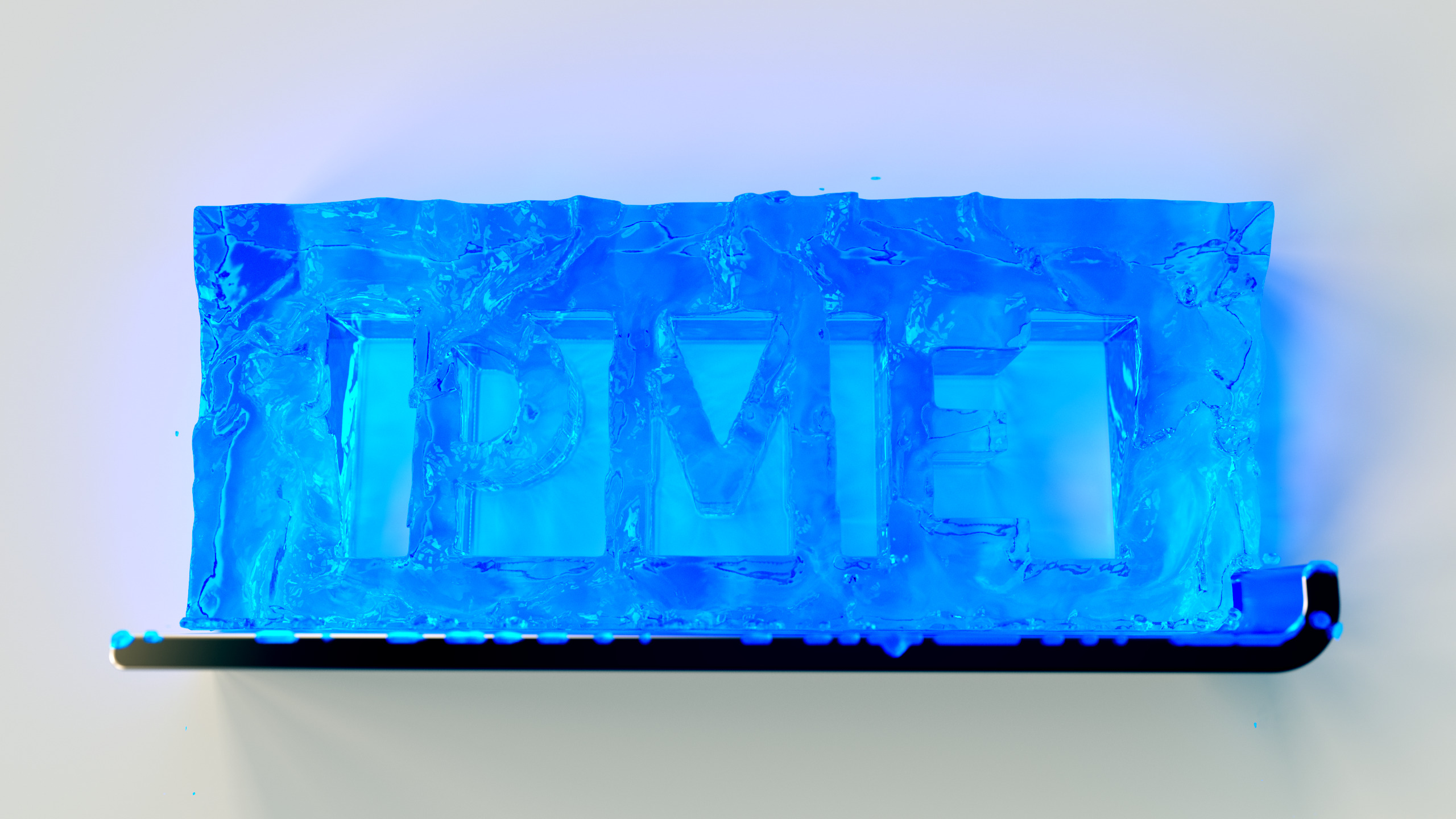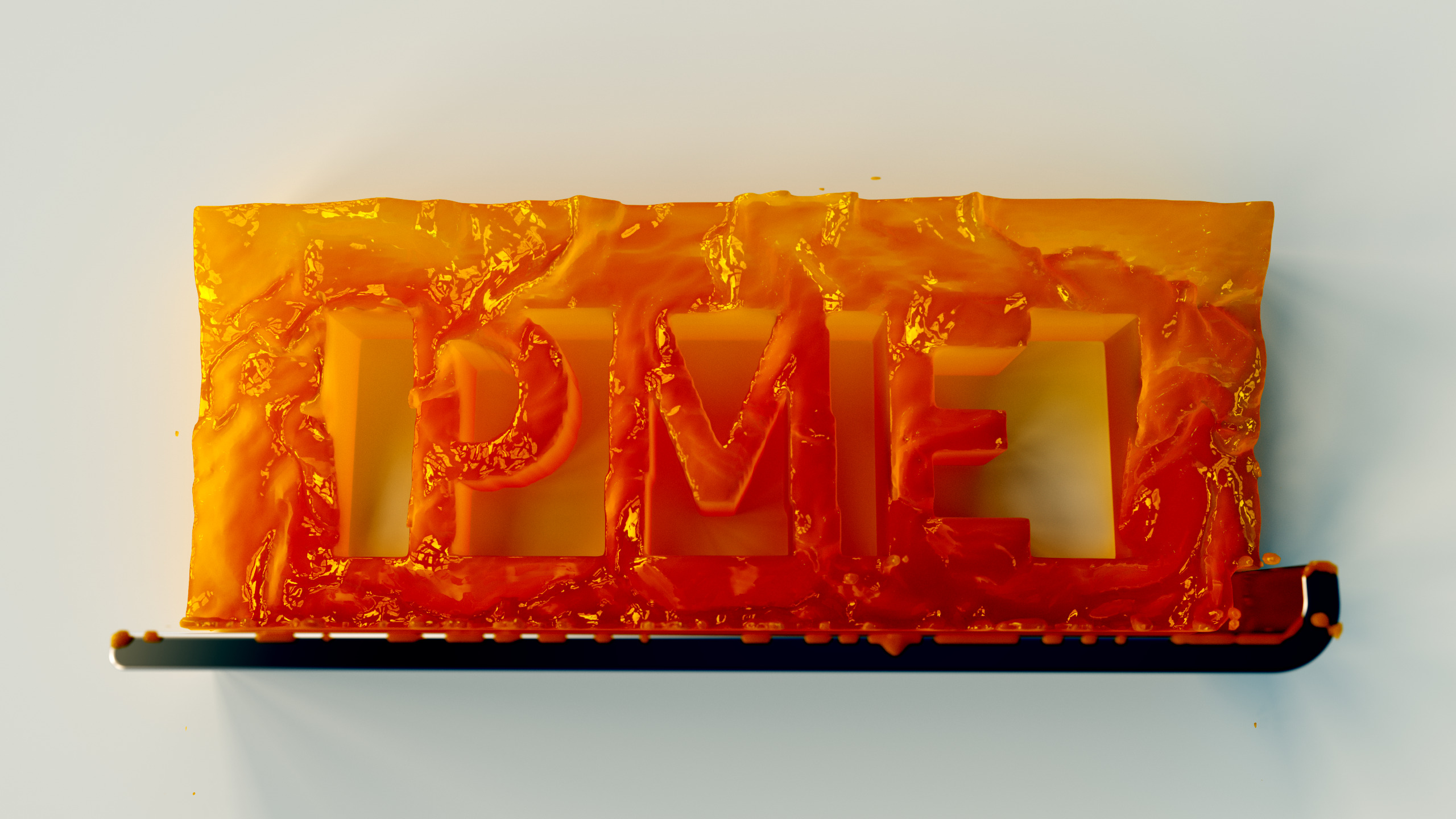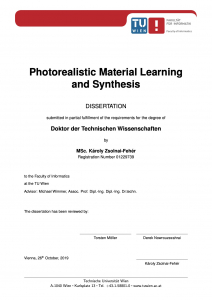Light transport simulations are the industry-standard way of creating convincing photorealistic imagery and are widely used in creating animation movies, computer animations, medical and architectural visualizations among many other notable applications. These techniques simulate how millions of rays of light interact with a virtual scene, where the realism of the final output depends greatly on the quality of the used materials and the geometry of the objects within this scene. In this thesis, we endeavor to address two key issues pertaining to photorealistic material synthesis: first, creating convincing photorealistic materials requires years of expertise in this field and requires a non-trivial amount of trial and error from the side of the artist. We propose two learning-based methods that enables novice users to easily and quickly synthesize photorealistic materials by learning their preferences and recommending arbitrarily many new material models that are in line with their artistic vision. We also augmented these systems with a neural renderer that performs accurate light-transport simulation for these materials orders of magnitude quicker than the photorealistic rendering engines commonly used for these tasks. As a result, novice users are now able to perform mass-scale material synthesis, and even expert users experience a significant improvement in modeling times when many material models are sought.
Second, simulating subsurface light transport leads to convincing translucent material visualizations, however, most published techniques either take several hours to compute an image, or make simplifying assumptions regarding the underlying physical laws of volumetric scattering. We propose a set of real-time methods to remedy this issue by decomposing well-known 2D convolution filters into a set of separable 1D convolutions while retaining a high degree of visual accuracy. These methods execute within a few milliseconds and can be inserted into state-of-the-art rendering systems as a simple post-processing step without introducing intrusive changes into the rendering pipeline.
First, I would like send a big thank you to Michael Wimmer, my advisor, for giving me a chance to pursue a PhD in his research group. Throughout our work together, he was always open for deep mathematical conversations and made me a schedule in which I could perform my best work. I was also able to choose my topics with complete freedom, which is everything a young researcher could ask for. I also thank Peter Wonka for helping me during the second half of my PhD – among many other important contributions, his insights were invaluable and he was frequently able to pick apart my mathematics and improve it further.
I am grateful for Thomas Auzinger, Hiroyuki Sakai and Christian Freude for our many fruitful discussions – I have learned a lot from you and the atmosphere at our institute has been second to none. It’s been such a joy to work with and among so many happy people. I also thank Till von Ahnen for his help translating the abstract and the acknowledgements sections of this thesis to German.
Research is the study of failure. More precisely, research is the study of obtaining new knowledge through failure. A bad researcher fails 100% of the time, while a good one fails only 99% of the time. Hence, what you see written here (and in most papers) is only 1% of the work that has been done. I would like to thank Felícia, my wife, for providing motivation, shielding me from distractions, and bringing sunshine to my life to endure through many of these failures.
Finally, I would like express my gratitude to my family, who, despite their difficult lives, always encouraged me to study more and supported me throughout my endeavors. My father lived and worked abroad for most his life to be able to support our family through financial hardships, while my mother raised the three of us while attending to a full-time job. None of this would have been possible without you.
My objective is to write beautiful papers that light a fire in people. Thank you very much to all of you for helping me with this quest.
This thesis contains the following three papers, plus additional content to explain and string them together. To access the source code, supplementary materials and videos for these works, check these links:
– Separable Subsurface Scattering,
– Gaussian Material Synthesis,
– Photorealistic Material Editing Through Direct Image Manipulation.
@phdthesis{zsolnai-thesis,
title = "Photorealistic Material Learning and Synthesis",
author = "K\'{a}roly Zsolnai-Feh\'{e}r",
year = "2020",
school = "TU Wien",
keywords = "neural rendering, machine learning, photorealistic
rendering, ray tracing, global illumination, material
synthesis",
URL = "https://users.cg.tuwien.ac.at/zsolnai/gfx/photorealistic-material-learning-and-synthesis/",
}





